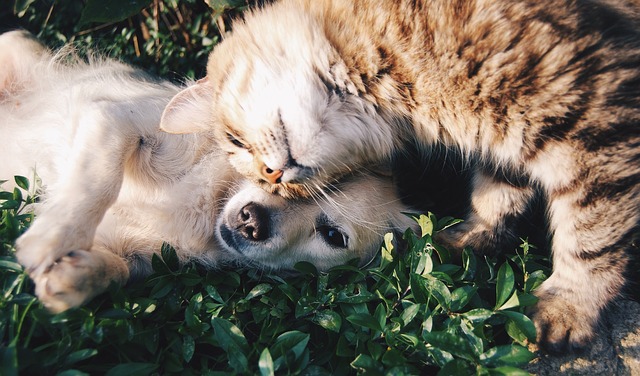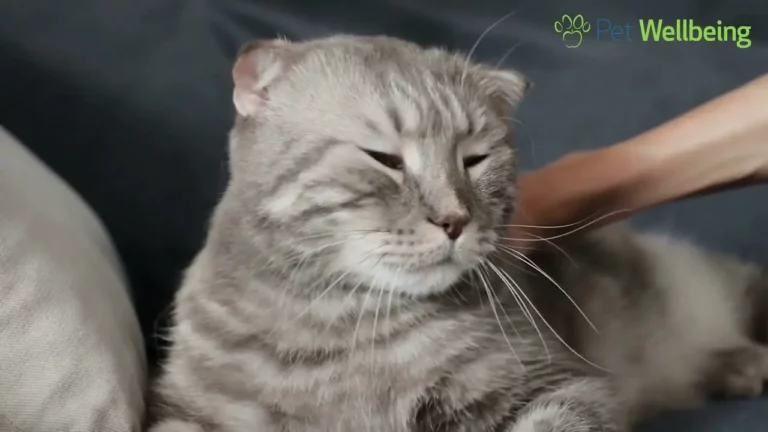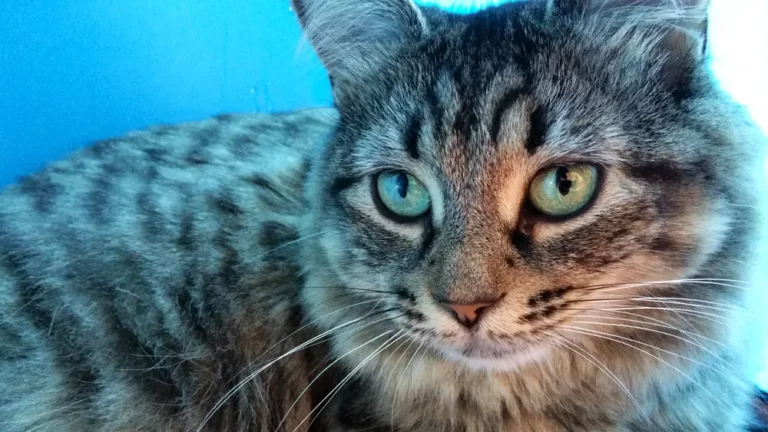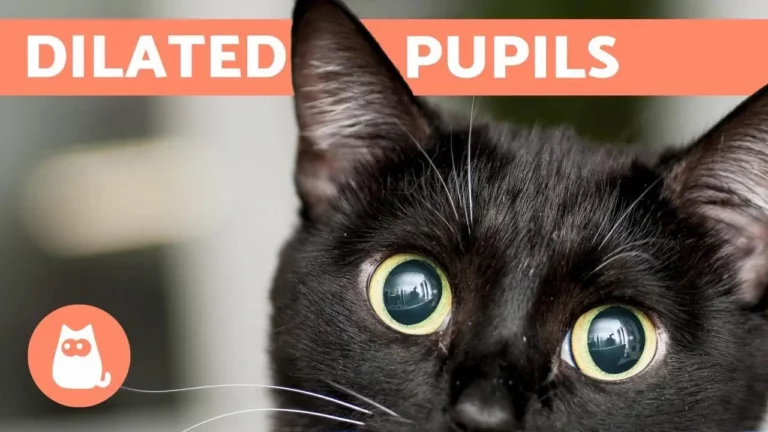How To Add A Dog To A Cat Household (Successfully)
As a pet lover, your desire to care for both cats and dogs can be overshadowed by certain concerns. How do you keep both animals safe from aggressive behavior? What to do to keep the stress levels at bay with two contrasting animals? Before you pick up a rescue dog or introduce a puppy to a
Increase Your Chances of Success
Know that bringing a dog into a
Dangerous combinations include a senior
Remember, some dog breeds have a better chance of living harmoniously with a
When adding a
Before Bringing a Dog Home
Check the dog’s history. Some rescue dogs may have destructive or aggressive tendencies. Predatory dogs don’t mingle with cats easily. They have hunting skills rooted in their genetics that can be hard to unlearn. When a dog is uneasy, too excited, or aggressive at the sight of cats, training them to get along with your resident
Make changes at home before bringing a new pet home. Install window perches and pet gates throughout your home and ensure high furniture are stable. Create escape routes and a safe place for your
The First Few Weeks
Be aware of both pets’ experience and reaction to other animals. Introducing a new dog to a
Shower both with equal amounts of care and attention. Your puppy will need sufficient time for obedience training. Make sure your new dog obeys “Sit,†Stay,†and “Leave It†commands even before introducing your canine to your feline/s. Pay attention to cats showing signs of distress. Reassure your feline buddy that he/she is safe and loved.
Getting to Know Each Other
Once you see both pets are settled in a safe and stress-free area, you can start “scent swapping.†This is the process of introducing each other’s scent to the other. Rub a clean cloth on the
Monitor their reaction with each other’s scents on the cloths. Give them the freedom to approach or avoid the cloth. Don’t force the dog/cat to smell the cloth, just leave it nearby. Do this everyday to get them used to the scent of the other. If you notice aggressive behaviors, you may not have a good match, will need a longer time, or require professional assistance.
The First Visual Encounter
With the absence of fear, anxiety, or aggression towards the scent of the other, you can progress to let them see each other. You will need a strong barrier between the two which can be a pet gate, mesh door, or glass door. Wear out your dog with exercise so he is calm during their first meeting. Also, both pets should be fed and played with previous to the introduction.
Ideally, two family members should be present during these visual meetings. One to offer reassurance on the
Puppies and kittens are often unafraid of meeting their supposedly arch enemies. These young ones may be too playful or annoying for older pets. They are also too small and can get hurt when the older pet is in the mood for rough play. Also, shy felines may not know how to put a puppy in its place. In such cases, you can separate the young ones until they gain self-control.
Face to Face Meetings
It is important for cats to be in control in the presence of the new dog. Cats may want to perch high to feel safe. Never force a
Slow and controlled introductions are key if you want to know how to integrate a dog into a
Never allow your dog to chase your
Start with your dog on a short leash and draw attention away from the
Unsupervised Time
Only allow your cats and dogs to be together when you are with them. Separate them when you’re not home or when they are left unsupervised. Once you are positive they won’t get on each other’s paws, you can begin to enjoy the company of both.
Remember, the whole process requires patience. Some cats and dogs warm up to each other almost immediately while for others, it can take several months. Also, don’t leave your new pet free to roam outside where aggressive dogs and cats can get to them.
When to Intervene
As pet parents, we can expect to deal with sibling rivalry even after successfully training a cat and dog to bear with one another. When you see your resident
Watch out for a dog that can’t take his eyes off your feline friend. The dog may lunge at your
Be present during playtime as cats and dogs can hurt each other even when they are playing. Your dog can break your
If you are determined to make the
Final Thoughts
To add a dog to a
Do know that although your dogs and cats can peacefully cohabitate, it doesn’t mean they won’t pounce at the sight of an outsider
Finally, dogs will be dogs and cats will be cats. They will pounce, nip, bite, and pull each other’s hair. Naughty cats will even prompt a dog for a chase. Your






